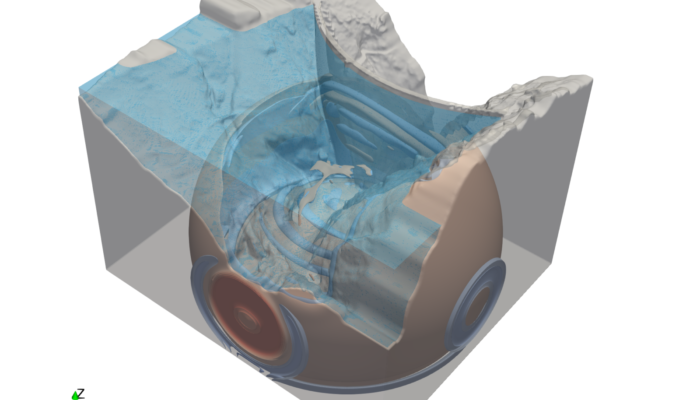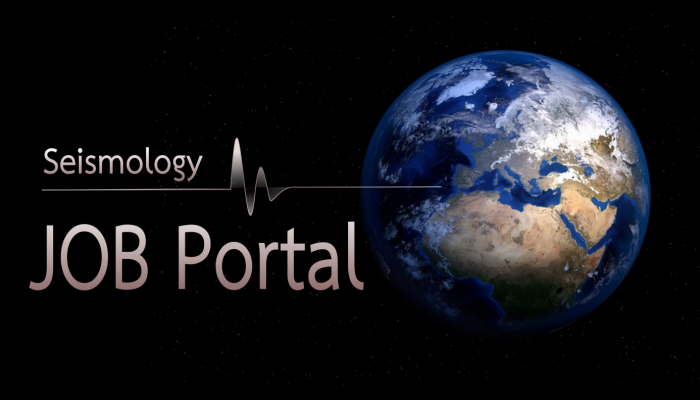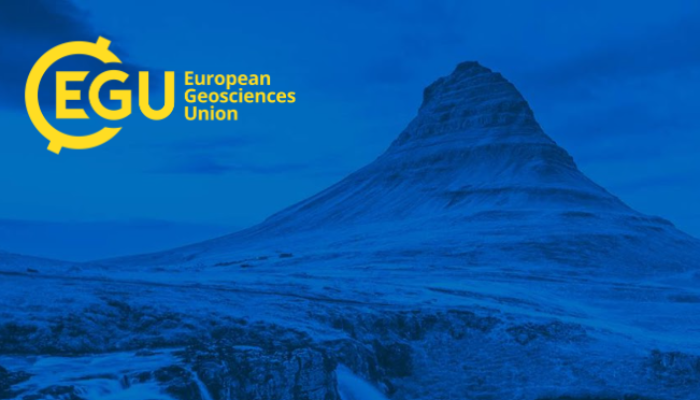This blog post about drone photogrammetry for seismology research is written by Lars Gebraad, with contributions from Isamu Naets and Patrick Marty. Lars Gebraad and Patrick Marty are doing their doctorates at the Seismology and Wave Physics group and Isamu Naets did his PhD at the Geothermal Energy and Geofluids group, both at the Dept. of Earth Sciences, ETH Zürich. Like many techy outdoor young ...[Read More]
Seismology Job Portal
On this page, we regularly update open positions in Seismology for early career scientists. Do you have a job on offer? Contact us at ecs-sm@egu.eu Please, note that other available research positions are displayed on the EGU Jobs Portal. Latest open positions: Post-Doctoral Fellowship – Ground deformation recorded by geodetic techniques Institute: FM Global Starting: — Duration: R ...[Read More]
Seismology Division Events for EGU23
Hello fellow seismologists! Are you packing your bag and making last-minute poster- or presentation-edits? Then you know what time it is: EGU General Assembly time! For all of those who are searching their way through the jungle of possible events to go to, here is a nice overview of what is organized by Seismology! Times are CEST! Sunday April 23rd – 2 events! 1. Pre-EGU Icebreaker e ...[Read More]
“State of the ECS”: There we are again – EGU 23!
Hello everyone, Matthew here signing off on my last State of the ECS. I’ve had a great time working with the rest of the Seismology Division ECS team over the last few years and I am immensely thankful to all the contributors who have provided their seismological expertise and literary wit to create a wide variety of blogs. All the best to the new team taking over the blog series, you’ ...[Read More]




